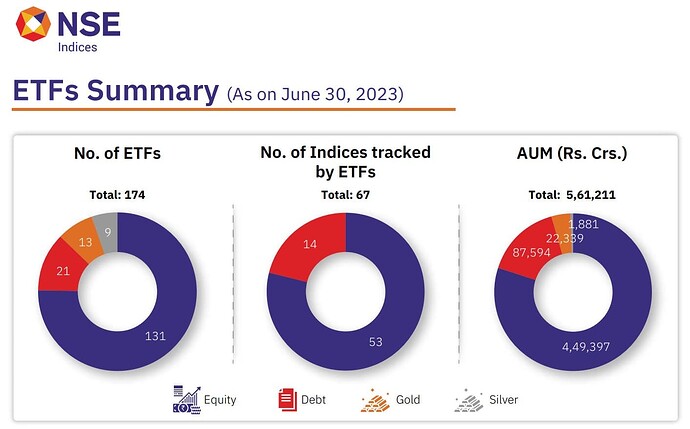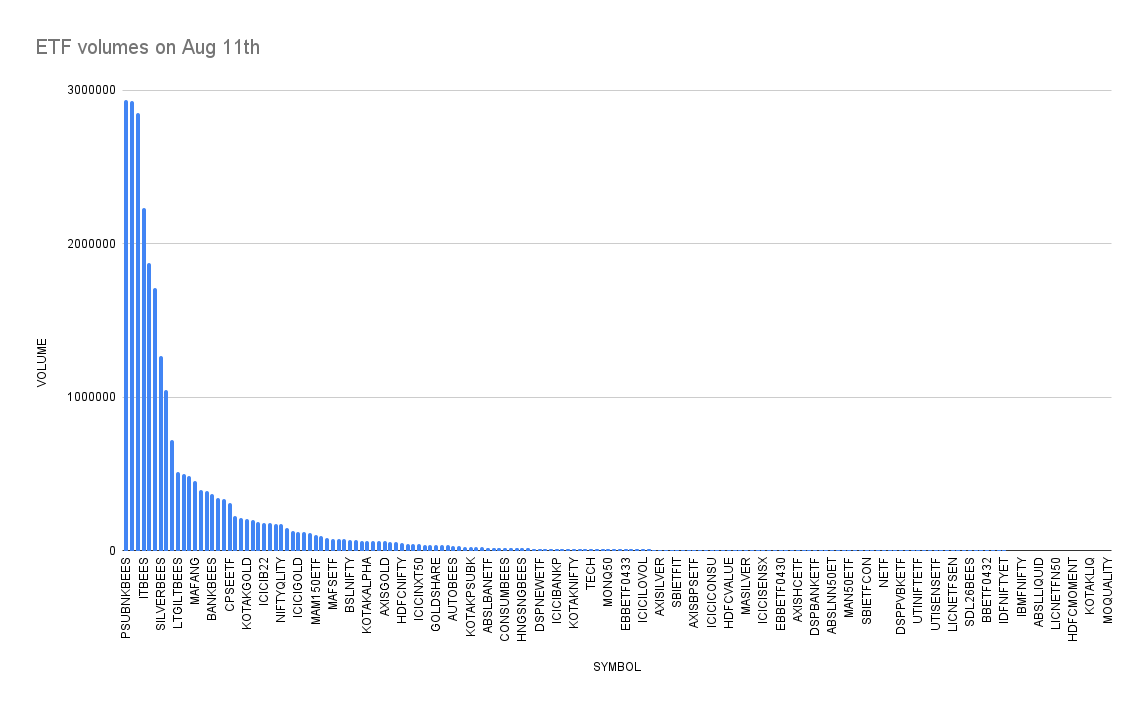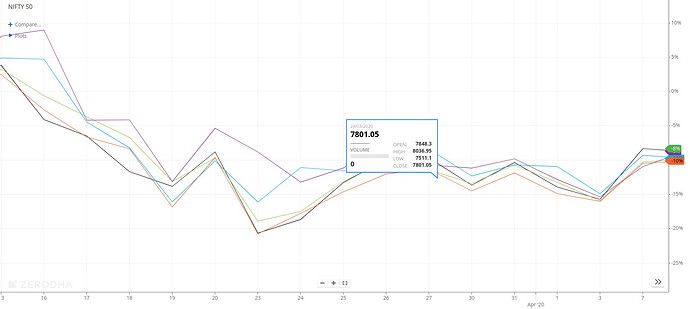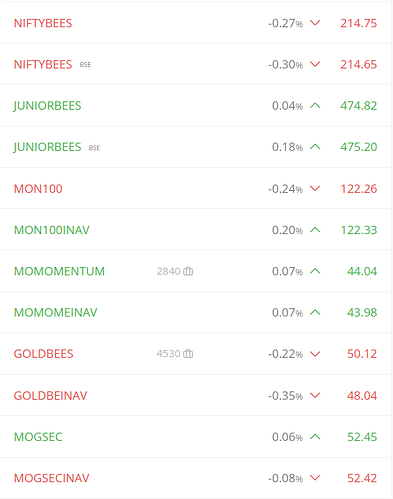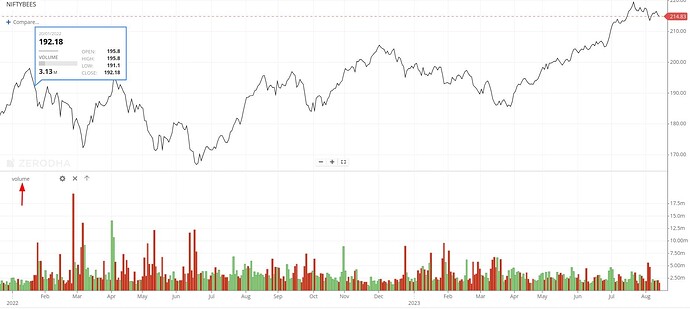I keep seeing investors make a few common mistakes when buying and selling ETFs. We just shared these dos and don’ts of investing in ETFs on social media.
Exchange traded funds (ETFs) have grown tremendously in the last 5 odd years. There are over 174 ETFs; you can easily build a low-cost, globally diversified portfolio just with ETFs. But before you buy and sell ETFs, you should know a few things.![]() A thread
A thread
1. Don’t buy and sell immediately at the open market.
The trading volumes of ETFs are low for the first 15–30 mins after the market opens. Due to illiquidity, there can be sharp price moves. So, it’s best to avoid buying and selling at market opening.
2. Always use limit orders.
Though ETFs have grown, most of them have very low volumes. Most of the volume is concentrated in the popular ETFs. If you place a market order, your order may be executed at prices far away from the last traded price. So, always use limit orders.
To put it another way, if you place a market order, the impact cost or the (money lost due to wide bid and ask prices) can be high. You lose what you save in the expense ratio of the ETF to impact costs.
Read about impact costs here:
3. Trade carefully during volatile markets.
During volatile market phases, ETFs can often trade at large premiums & discounts for a variety of reasons. For example, here’s how some Nifty 50 ETFs performed during COVID. You can see big differences compared to Nifty (black line).
So when you buy and sell ETFs, make sure the price is as close to the iNAV as possible. The good thing is you can check iNAVs directly on Kite. There are times when the iNAV may be incorrect due to delayed updates. So it’s good to double-check it on the respective AMC websites.
5. Be careful of illiquid ETFs.
As we mentioned earlier, not all ETFs trade regularly. So if you are investing in an ETF, don’t just check the volume of a day; check the historical volumes as well. You can see this quickly on the volume chart on Kite.
6. Use ETF SIPs.
If you invest in ETFs regularly, you can create a SIP, just like with mutual funds. You can also create an e-Mandate to transfer funds to your trading account automatically for the SIPs.
Here’s how to create an ETF SIP:
To learn more about what you should remember when investing in ETFs, check out this
Zerodha Varsity chapter:
- Trading symbols of ETFs can be confusing. We’ve categorized all Indian ETFs based on the asset class, style, and themes. If you have any questions about investing in ETFs, you can ask us here.
